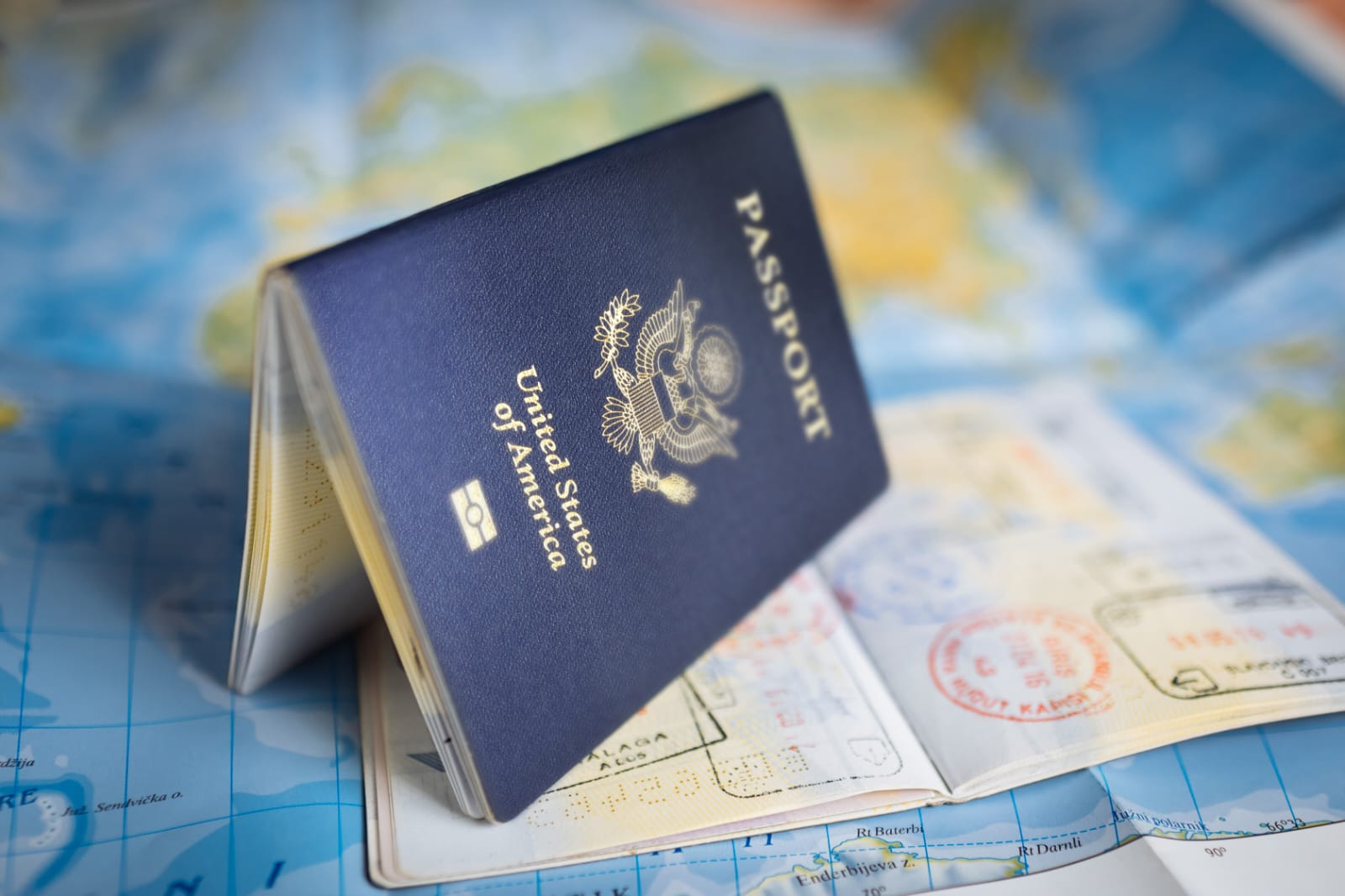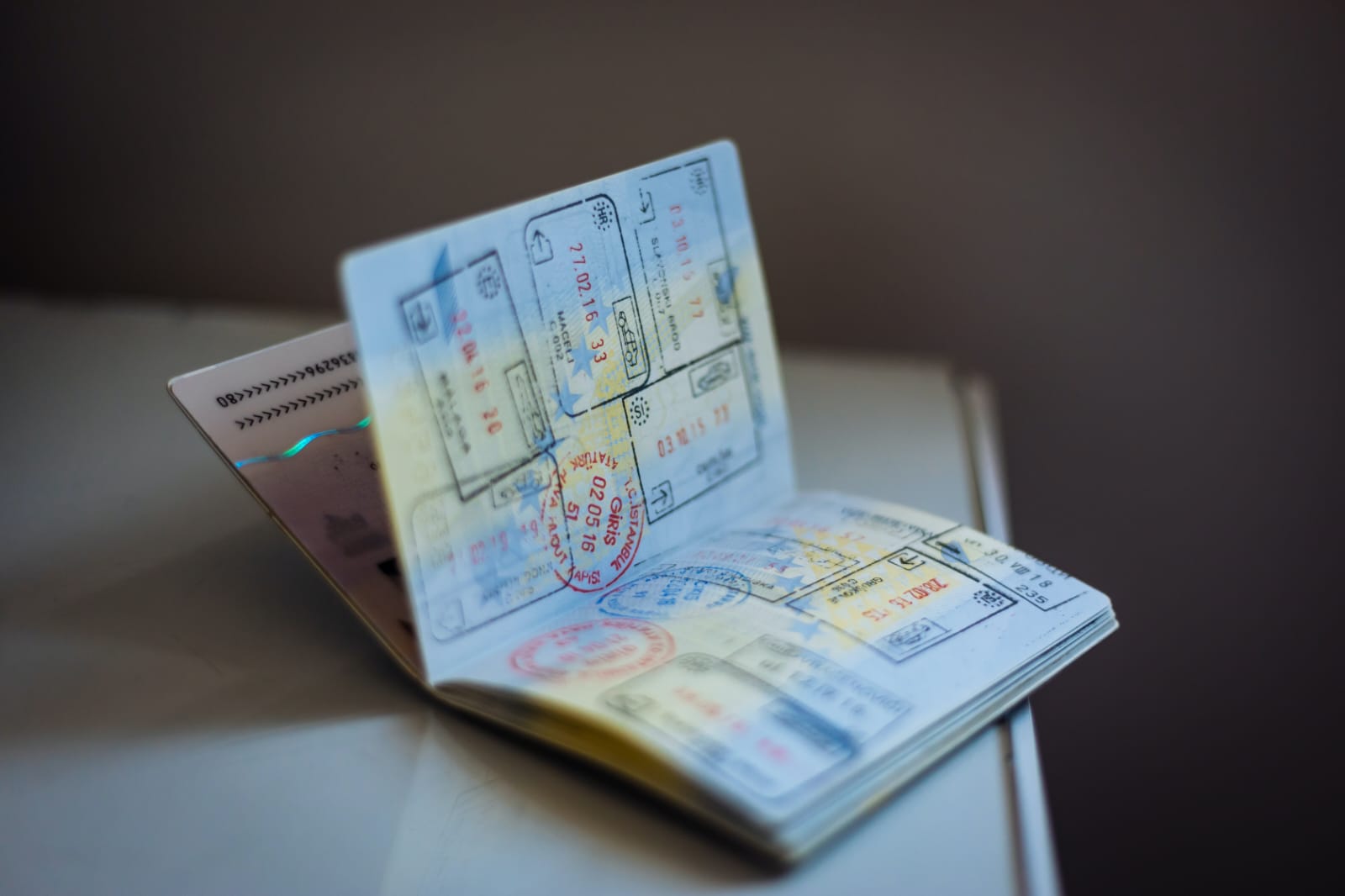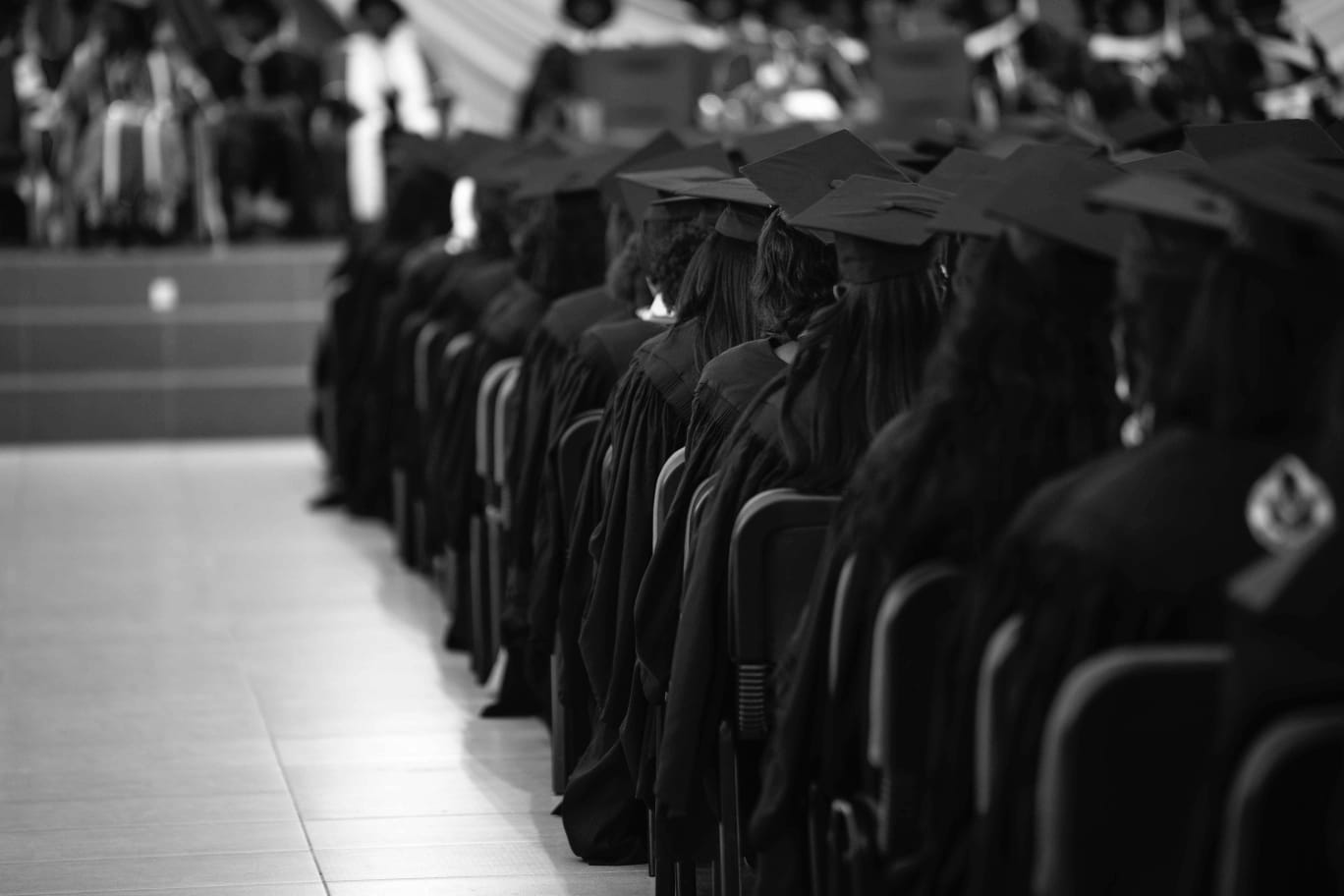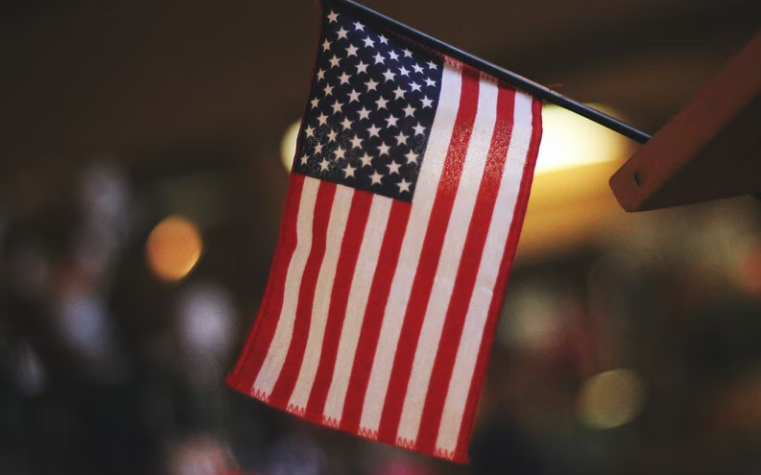Whenever the question arises about getting a higher education from a foreign, the names of three countries that come to mind are Australia, the USA, and Canada. These countries reside among the 10 top listed countries offering compelling study opportunities.
Among the 1000 top selected universities in the world, the US adds 156 ranked universities, Australia enumerates 35 universities, and Canada comes up with 26.
Let us take a profound overview of the applicant process, Document acquisition, and working opportunities during and after the study by pondering their comparable parameters against one another.
Statistical Comparison
In the early decades, the USA was the top selected country with the appealing student figure of 1.8 million in the survey of 2018. However, under Trump’s reign over the USA, strict terms and conditions implementation in the applicant process caused a decline in this number.
In contrast, we loomed in the USA, Canada, and Australia with an incredible number of applicant increments.

If we go through the analytics about Canada and Australia in 2018 and a recent survey. What we find, let’s share:
Australia: In the 2018 survey, the interest of 6, 90,000 applicants increased by 12% in recent years.
Canada: In the 2018 survey, the allocated aspirant’s statistics cited more than 5 70,000, which raised a percentage of 16.25%.
Costs Associated With The Application And Tuition Fee
If you apply in these countries, you must have a planned source of applicant and tuition fees and a verified documents list to ensure your entrance as a student. Let’s discuss:
USA

For the USA, an F1 visa is the legal way to apply as a student in the Student and Exchange Visitor Program (SEVP). The university would approve that. F1 Visa applicants cost around $535 for one application, and you must apply three months before getting in. $350 is the SEVIS (Student and Exchange Visitor Information System (SEVIS) fees and $185 is embassy visa fees.
For the tuition fee, an applicant must sustain a budget of 14,000 US dollars to 50,000 US dollars for one studying year.
Bank statement of minimum $30,000 needs to be provided for processing admission and visa for USA. The bank statement is shown as a proof of financial stability and not tuition fees is paid in advance
Australia

To apply in Australia as a student, you must pay 620 Australian dollars for the application process. And you will pay 160 Australian dollars if you are under 18. Medical Test needs to be completed before processing for your student visa with minimum cost of 150 AUD
You have to pay less than in the USA but more than in Canada for educational payments. You will spend 30,000 Australian dollars to 45,000 Australian dollars annually in Australia. The tuition fees for at least a semester are to be paid in advance to receive the Confirmation of Enrolment (COE) from the government.
Canada

Canada provides a bit of relief not only in terms of the application process but also in charge of payment, besides other residential laxatives.
For the application fee for students, you pay 150 Canadian dollars once, but for first time applicants, you have to add 85 more for biometric verification.
The estimated amount for annual tuition fees varies from 20,000 Canadian dollars to 50,000 Canadian dollars.
The Student Direct Stream (SDS) route and the Non-SDS route are two different pathways for international students to apply for a study permit to Canada. These routes have distinct eligibility criteria and processing times. It’s essential to understand the differences between them and determine which one applies to your situation.
1. Student Direct Stream (SDS) Route:
- Financial Requirements: SDS applicants must provide proof of a Guaranteed Investment Certificate (GIC) of CAD 10,000, purchase medical insurance, and have tuition payment receipts for the first year.
- Faster Processing Times: One of the primary advantages of the SDS route is faster processing times. In general, SDS applications are processed more quickly than non-SDS applications.
Non-SDS Route:
- Financial Requirements: Non-SDS applicants are still required to demonstrate that they have enough funds to cover their tuition fees, living expenses, and return transportation.
- Processing Times: Processing times for non-SDS applications may be longer compared to SDS applications.
Working During Study
In the USA and Canada, students on student visas always remain validated to work for both Working- on campus and Working- on campus.
During the regular semester, you can work 20 hours per week in the campus area, like the university cafeteria, admission office, and library. You can work more than 20 hours weekly for the quarterly semester or during winter and summer break.
Working off campus imposes the condition to have Curriculum Practical Training (CPT) and Off-Campus Work Permit Program (OCWPP) within the graduation period and Pre Completion of Optional Practical Training (OPT) and Post-Graduation Work Permit (PGWP) after graduation.
Australia also gives their students relaxation to have a job while studying. But, the already crafted boundary enables them to work 20 hours per week during the semester. You can hold a full-time opportunity after a semester break or study completion. However Australia does allows to work for Uber and other delivery companies unlike USA and Canada.
Options To Stay After Graduation
In the USA, you can stay for up to three years after completing your studies. F1 Visa holder who is ensuring their degree in STEM carry on (OPT) to get a job in well-reputed firms.
Canada offers much relief and permits internationals to apply for a work visa after study completion. The rules also smooth your way to get further admission after post-graduation under the involved process of a student visa. On a work permit, you can stay in Canada for three years.
Once the study is complete in Australia, a student can stay there for 18 months to look for a job.
Australia’s duration is between 2 to 4 years. Students can also bring their family members if they have this visa. Moreover, the students need to apply for this visa within 6 months after the completion of their courses
Final Conclusion
Finally, we can conclude from the above realities and facts and figures from the applicant process to job search that the United States applies strict conditions and charges such as application fee and tuition. No doubt well-comprehended facilities, education, and research occur here.
After the USA, Australia comes on the second number in the application process till a job hold; one finds it less costly in terms of charges but more than Canada.
Canada is a country that paves the way for international students and provides excellent relaxation in the back process, applicant process, and tuition charges.









